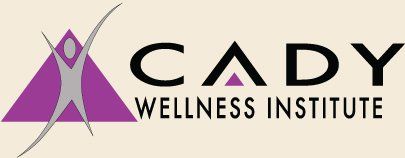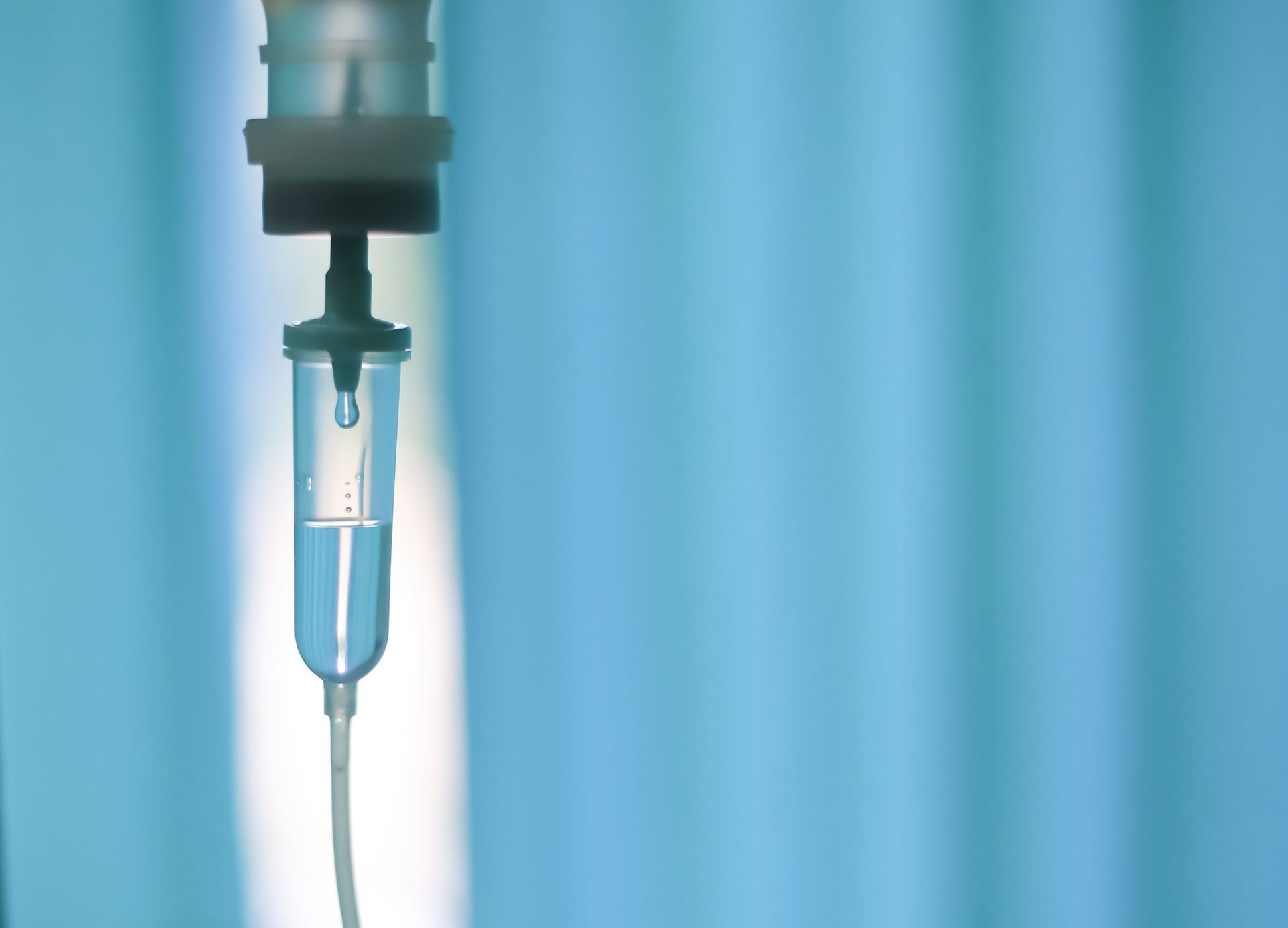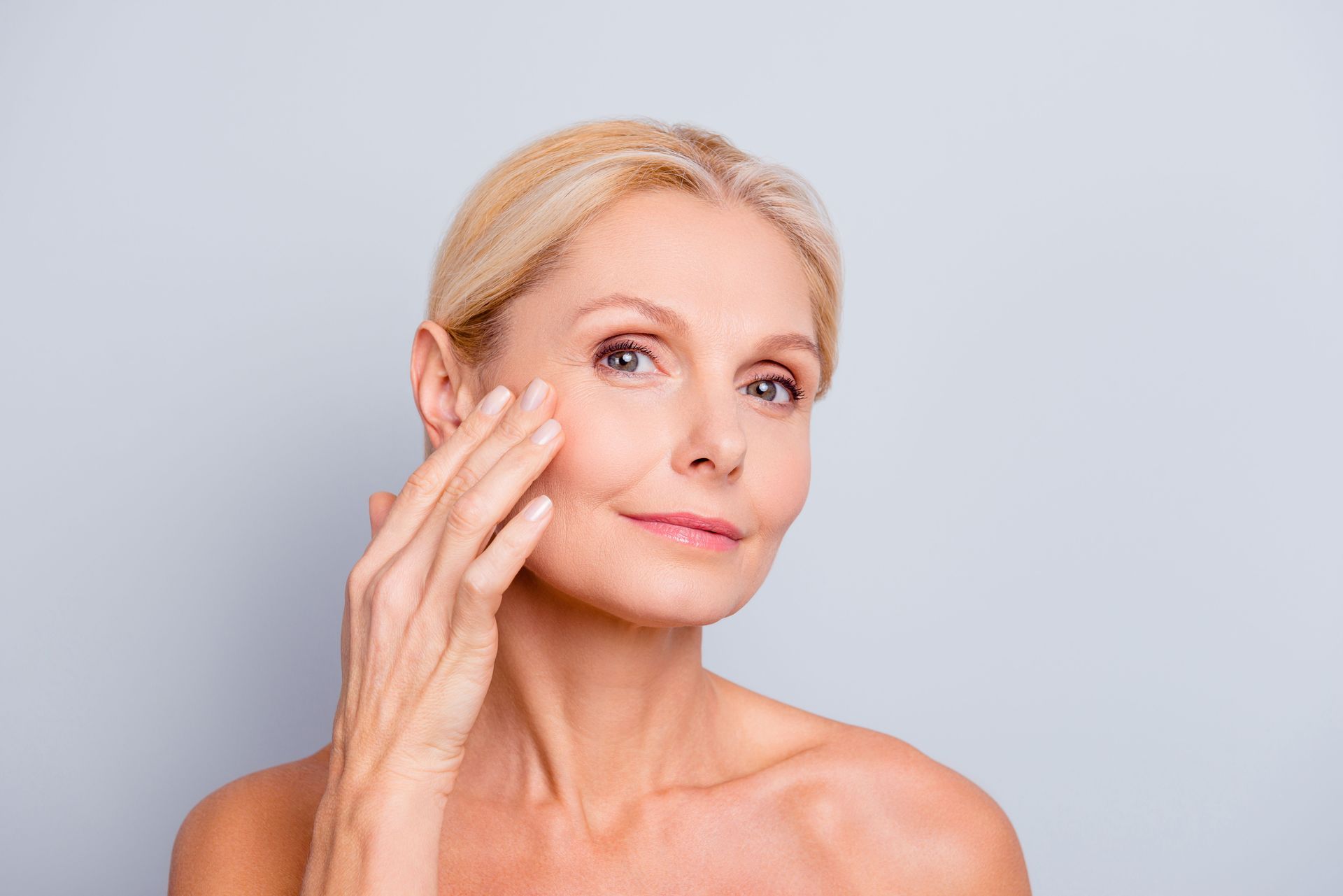How Can I Know What's Optimal?
Giving Back #2
In a remarkable paper published in 2008, Ginzburg and colleagues [Ginzburg E et al. J Multidiscip Healthc. 2008;1:79-86] published a study of optimization of hormones – both with testosterone and human growth hormone. Also, DHEA (an adrenal hormone) was used.
Their stated goal for testosterone in this study, for example, was to set the optimal
range at the 66th percentile for a 40 year old man, {range of 700 – 900 ng/dL,} and the optimal range for women was set at 52-70ng/dL Note that this level is shockingly higher than the typical decrepit hormone levels of post-menopausal women NOT on hormone replacement therapy.
The level of DHEA (an adrenal hormone having to do with energy, glucose metabolism, and (in women) – a testosterone boost)- was set at 470-619 ug/L in men, and 280-380 ug/dL in women. These levels are considerably higher than what your doctor would read out as being “in the normal range.”
The results of these interventions of Ginzburg and his merry band were as follows:
After an average of 3 years of treatment, weight decreased in women in the control and Tes+GH groups but remained stable in men in all groups. Tes and Tes+GH produced statistically significant increases in lean mass, reductions in fat mass, and improvements in bone mineral density in both sexes; GH produced similar changes in women. Quality of life measures and mood improved in all groups. Treatments were generally safe and well tolerated.
Conclusions from this study: treatment with testosterone and/or GH was associated [to meaningful and more youthful levels – Cady] had favorable effects in men and women across a wide age range.
Now, let’s take note here. This wasn’t about even replacing the hormone levels to the “normal” range for their age. It was about replacing hormone levels to what was normal for them 20 – 30 years ago, when they were feeling alert, vital, and fully alive.
Another way to think of “optimal values” is to recall that, to a rough approximation, the “average levels” for you or me is what a bell curve plot for all values for people our ages would be. Please do note that if you are between the 3rd percentile to 97th percentile, you would be considered “normal.” If, for example, a man goes to see his doctor/HCP and is told, “Great news, your testosterone level is normal.” What if he’s at the third percentile?? Yes, it’s “normal.” No, it’s not optimal.
This way of thinking works with every possible hormonal intervention which can be conceived and accomplished. In the future, I plan on delving into the thyroid (“But my doctor says my thyroid tests are normal”) and your DHEA-Sulfate levels (“My doctor says all my blood work is fine”…without ever checking this lab test!). It’s too bad. This hormone gives you more energy, improves glucose metabolism, and helps you build muscle and lose weight. And it boosts energy, testosterone and sex drive in women. What’s not to like? Why not get it set to an OPTIMAL level?
More to come!











Share On: